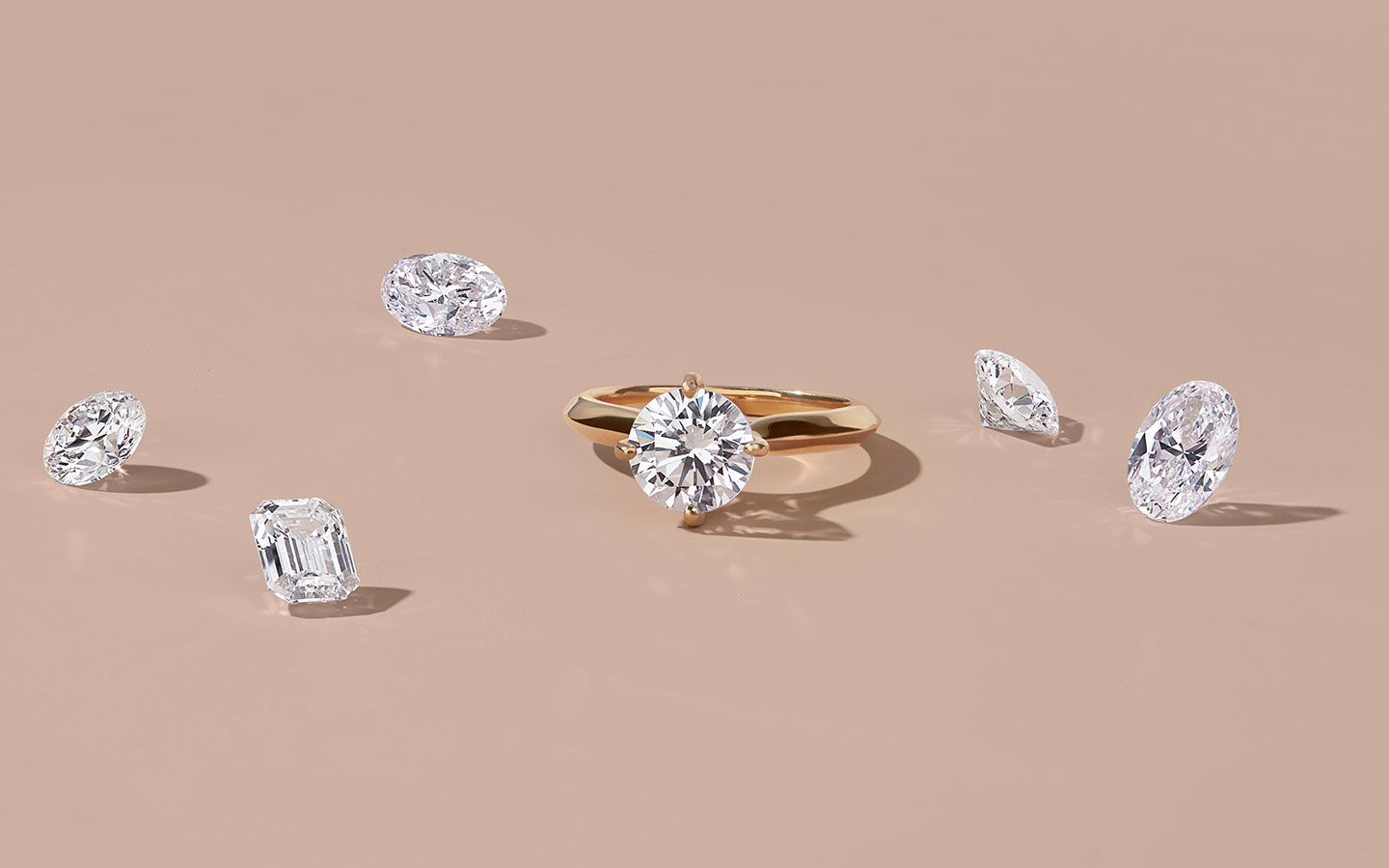Introduction to Diamond Certification
In the realm of luxury and investment, certified diamonds hold a special place. These certificates, issued by renowned gemological laboratories, provide an unbiased assessment of a diamond’s quality and characteristics. They play a crucial role in determining the value and authenticity of a diamond.
Overview of GIA (Gemological Institute of America)
Established in 1931, GIA is the foremost authority in gemology. Renowned for its rigorous standards and consistent grading practices, GIA has set the benchmark for diamond certifications globally gia vs igi. Their grading reports are widely regarded as the gold standard in the industry, offering meticulous evaluations of a diamond’s 4Cs: Cut, Color, Clarity, and Carat Weight.
Overview of IGI (International Gemological Institute)
Founded in 1975, IGI has grown to become one of the largest independent gemological laboratories worldwide. Operating in multiple countries, IGI provides diamond grading and certification services that are respected in the industry. Their reports detail the quality of a diamond based on international standards, aiming to provide transparency to consumers.
Comparison of GIA and IGI Certifications
When comparing GIA and IGI certifications, several factors come into play. GIA is known for its stringent grading criteria and consistency across all laboratories worldwide. Diamonds graded by GIA often command higher resale value and are widely accepted in the jewelry industry. On the other hand, IGI offers a competitive alternative with detailed reports that also adhere to international standards but may sometimes show slight variations in grading compared to GIA.
Diamond Grading Criteria
Both GIA and IGI evaluate diamonds based on the 4Cs: Cut, Color, Clarity, and Carat Weight. The cut determines a diamond’s brilliance and fire, while color grading assesses its transparency and hue. Clarity refers to the presence of internal and external flaws, and carat weight measures the diamond’s size and weight. Each criterion is crucial in determining a diamond’s overall quality and value.
Consumer Perception and Trust
Consumer perception plays a significant role in the choice between GIA and IGI certifications. GIA’s longstanding reputation for accuracy and consistency has earned it the trust of jewelers and buyers alike. Diamonds with GIA certificates are often perceived as more reliable and valuable in the market. However, IGI-certified diamonds also offer credible assessments and are favored by budget-conscious consumers seeking quality assurance.
Cost Implications
The cost of certification can vary between GIA and IGI. Generally, diamonds with GIA certificates may be priced slightly higher due to their perceived higher value and market demand. In contrast, IGI-certified diamonds might offer a more affordable option without compromising on quality. It’s essential for buyers to weigh these cost implications against their preferences and budget constraints.
Case Studies and Examples
Real-life examples highlight the practical differences between GIA and IGI certifications. Many jewelers and consumers share their experiences with both types of certificates, noting preferences based on specific needs or budget considerations. These case studies provide valuable insights into how certifications impact purchasing decisions and overall satisfaction.
Industry Standards and Acceptance
In the competitive jewelry industry, certification standards carry significant weight. While GIA remains the preferred choice for many high-end jewelers and collectors, IGI has established itself as a reliable alternative with widespread acceptance. The choice between the two often boils down to individual priorities, including budget, resale value, and personal trust in the grading process.
Educational Resources
For diamond buyers seeking to educate themselves further, numerous resources are available online and through reputable jewelers. Understanding the nuances of diamond certifications can empower consumers to make informed decisions based on their preferences and priorities. Whether through guides, tutorials, or expert advice, knowledge is key to navigating the complexities of diamond purchasing.
Future Trends
Looking ahead, advancements in technology and grading methodologies are likely to shape the future of diamond certifications. Innovations aimed at enhancing accuracy and transparency will continue to influence consumer confidence and industry standards. Both GIA and IGI are at the forefront of these developments, adapting to meet evolving market demands and consumer expectations.
Conclusion
In conclusion, the choice between GIA and IGI certifications ultimately depends on individual preferences and priorities. GIA offers unmatched credibility and consistency, making it ideal for those prioritizing prestige and long-term value retention. On the other hand, IGI provides a reliable alternative with comprehensive grading reports suited to budget-conscious buyers. Whether you’re buying your first diamond or adding to your collection, understanding the differences between GIA and IGI certifications ensures you make a confident and informed choice. Happy diamond hunting!

